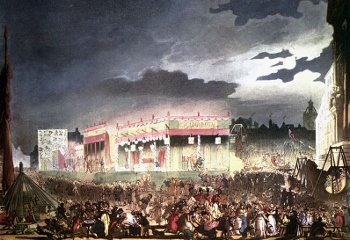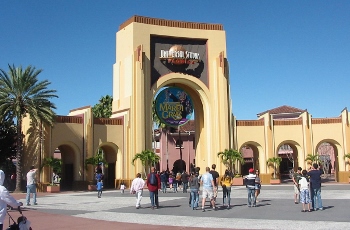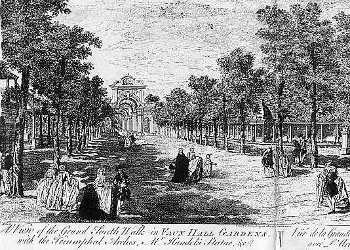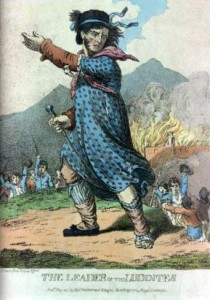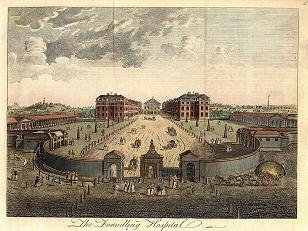The weekend of June 17 I was in Alabama for my high school reunion. I lived at Fort McClellan, Alabama, those years, an army post that closed about five years ago and is now being rejuvenated into a very nice community. My friend Barbara and I visited the neighborhood where we used to live, a neighborhood that is now a historic site, Historic Buckner Circle (just like Chatsworth!). here is a picture of my house and a view of the neighborhood:


Barbara and I attended Jacksonville High School. Our high school building has been demolished, but the town of Jacksonville is very unchanged. We went into a used bookstore in town and look what I found!

It is a book I didn’t own, too. But I own it now.
We also killed time one day at an antique shop and I found this:
 It is, of course, a print of the famous Gainsborough portrait of one of my favorite historic figures, Georgiana, Duchess of Devonshire. I have not taken it out of its frame to see if it is an original engraving, but most likely it is a reproduction. In any event, I happily bought it. She looks so beautiful.
It is, of course, a print of the famous Gainsborough portrait of one of my favorite historic figures, Georgiana, Duchess of Devonshire. I have not taken it out of its frame to see if it is an original engraving, but most likely it is a reproduction. In any event, I happily bought it. She looks so beautiful.
The moral of this story is, never pass up a book store or an antique store. You never know what you’ll find.
But I’ll bet you all knew that already.
Cheers,
Diane

